Jewellers tackle public misconceptions about sources of coral
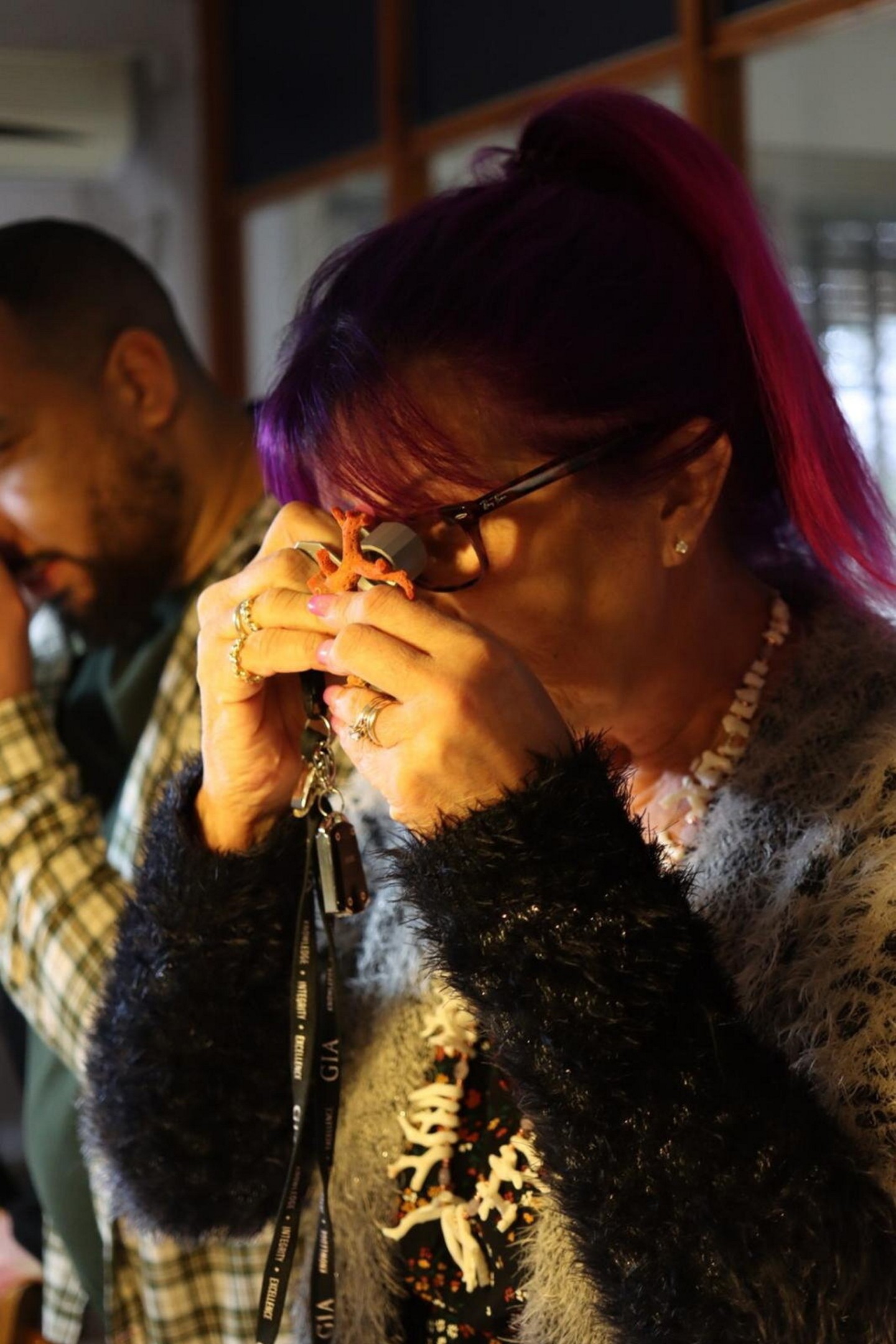
Roula Khalaf, Editor of the FT, selects her favourite stories in this weekly newsletter.
In both the UK and the US, the term “precious coral” — the mostly red, pink, and rarer white coral used in fine jewellery — is marred by confusion. “The first thing that people think of when you mention coral is that the reefs are dying,” says Shirley Mitchell, chair of the UK’s Jewellery Valuers Association. “Though no reef coral is used in jewellery.”
A 2023 coral commission report notes that both industry and consumers are under the erroneous impression that the corals found in jewellery are sourced in shallow waters such as the Great Barrier Reef. “The corals defined by CIBJO as ‘precious’ live in totally different ecosystems, and in much deeper and colder waters,” the report says. But, thanks to efforts by Mitchell, the US-based coral dealer Assael, and Vincenzo Liverino, president of the CIBJO Coral Commission, jewellery industry education is intensifying — helping to clear up misconceptions surrounding the types of precious coral used in fine jewellery.
Tell us what Watches & Jewellery content you want to read more of

🔗 Take part in the reader survey to help us shape our future coverage and enter a free prize draw.
“We still see mostly Sardinian coral here in the UK — pendants, rings, brooches and beads,” says Mitchell. She adds that the corallium rubrum market is likely to rise as coral becomes better understood and demand goes up.
Last May, the JVA took members and other experts on a field trip to Torro del Greco, a seaside town near Naples, which has been closely associated with the coral industry since the 19th century. It is also home to the Liverino 1894 company, which holds the world’s largest collection of precious coral. Due to the success of this visit and the interest delegates took in exploring coral-related subjects with Liverino and Rui Galopim de Carvalho, vice-president of the Coral Commission of CIBJO, a follow-up trip has been scheduled for April.
“I felt I didn’t know enough about precious coral and, if I didn’t know enough, then maybe there were others that didn’t either,” says Mitchell, who organises the visits. “We could only take 16 valuers to Torre del Greco. But, at our conference with Rui’s ‘Coral Road’ talk, there was an audience of over 150, thus bringing knowledge of precious coral to more of the industry.”
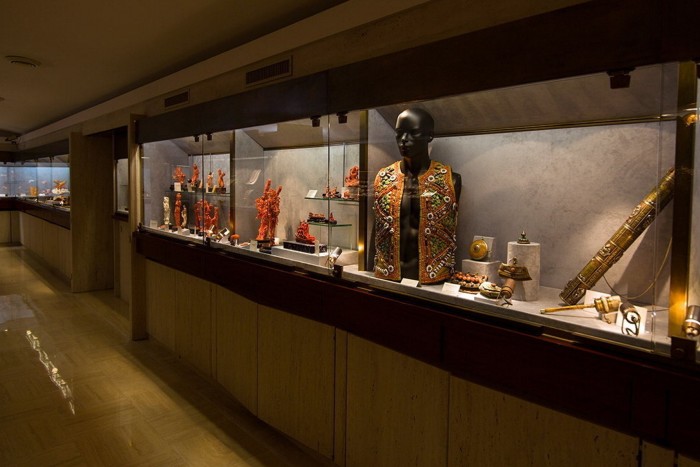
One valuer who attended the JVA field trip works at SJ Philips, which sells antique precious coral pieces in its Bruton Street showroom — including a £30,000 coral and ivy design enamel necklace and earring set by Phillips of Cockspur Street, dating from the late 19th century.
Such a piece is crafted from corallium rubrum, also known as Sardinian or Mediterranean coral, the genus of precious coral that comes from the depths of the Mediterranean Sea. Divers harvest this coral in accordance with stringent regulations from the UN General Fisheries Commission for the Mediterranean. Coral and gold filigree necklaces, which are part of the traditional dress in Walcheren, Zeeland in the Netherlands, as well as antique coral jewellery, such as an Etruscan revival piece by Giacinto Melillo that surfaced at GemGenève in November, and other antique pieces found in the UK today, are made from this type of coral.
Such coral also features in the collections of some contemporary fine jewellers. Newcomer Giorgio Bulgari used coral cabochons in his Giorgio B collection that launched in 2023. “It’s a deep red Mediterranean coral,” he says. “It’s sustainable and can travel freely across the world. So, it’s something which, as a jeweller, I consider as a material without reservation.”
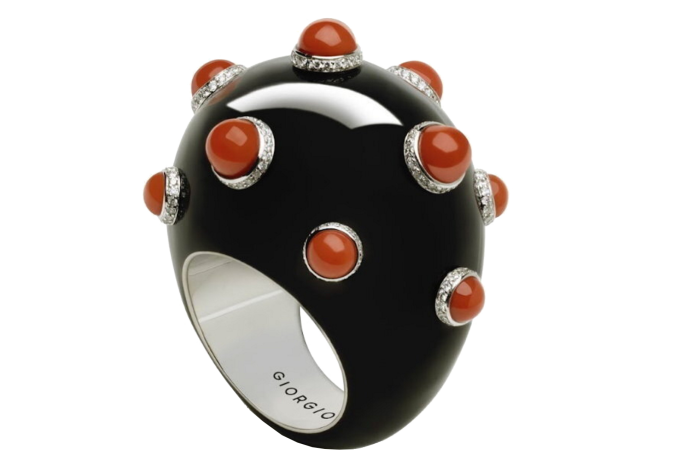
Sicily-based Massimo Izzo, a master goldsmith who sells his creations from his boutique, uses Sciacca coral, named after a coastal town in western Sicily, in some of his pieces. Scientists believe that natural geological events, such as volcanic eruptions, caused the coral to break off and fall to the seabed, where it remained piling up in layers over the centuries — in places, 30m high. Indeed, evidence of natural volcanic activity can be detected in darker, burnt colours of some Sciacca coral pieces.
Outside of the Mediterranean, all traded corals must be accompanied by documentation stating origin. These corals include Pleurocorallium elatius, Corallium japonicum, and Pleurocorallium secundum. Pleurocorallium elatius comes from Japan and Taiwan and is found at depths of 150 metres to 350 metres. Pale-coloured coral from this area is known as Angel Skin. This, together with deep red Oxblood or Aka coral that comes from the seas around Japan, also known as Corallium japonicum, is currently the most highly prized.
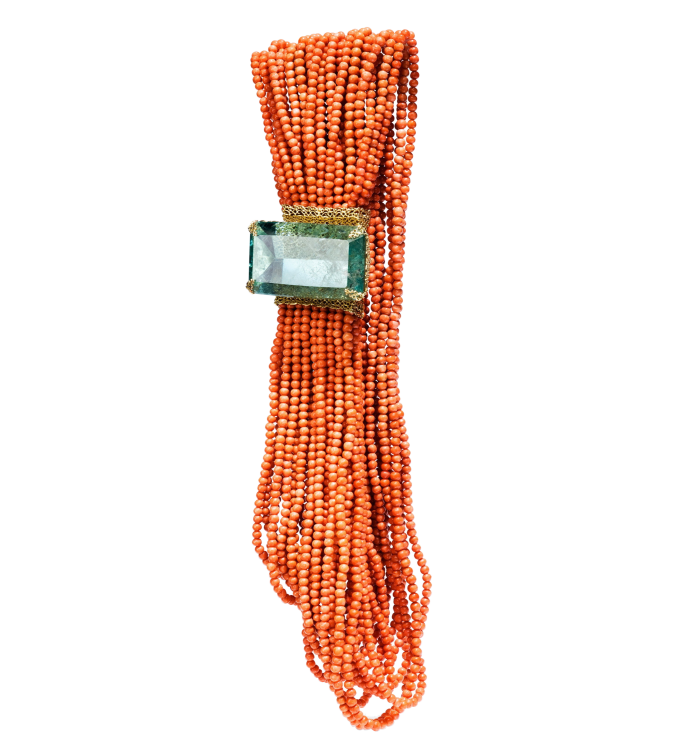
Assael started to specialise in coral in 2015 and is now the top US dealer. Peggy Grosz, Assael’s senior vice-president and creative director says the company works with all types of precious coral that are sustainably and legally harvested. These include various shades of Angel Skin from the very palest blush — the most prized and known also as Boké — to the medium and deeper shades. “We have both finished coral jewellery and a very deep inventory of coral beads, strands, cabochons, cut pieces; all forms of coral, if it’s legally imported,” explains Grosz.
When she joined the business, seven years ago, resistance to precious coral was the default position. “Exhibiting at Couture in the early days, we heard retailers say, ‘I could never carry coral. My customers would never forgive me’ and now many understand the differences between precious and reef coral,” Grosz notes.
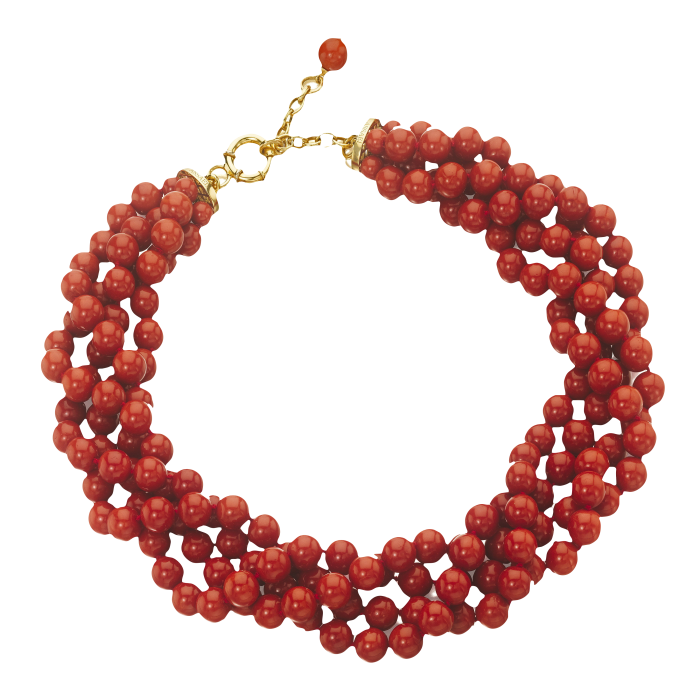
Assael salespeople are working to educate retailers about the different types of coral and have helped to shift perceptions. The company’s website and blog are also populated with information from leading experts in the field of coral including de Carvalho and Liverino. “I am very eager to share information about coral and love the way that it is regulated and so beautiful, historical and biogenic,” says Grosz. “It has gone from being thought of as the worst, most environmentally unsound thing you could use in jewellery to absolutely the most traceable material you can have.”
Comments